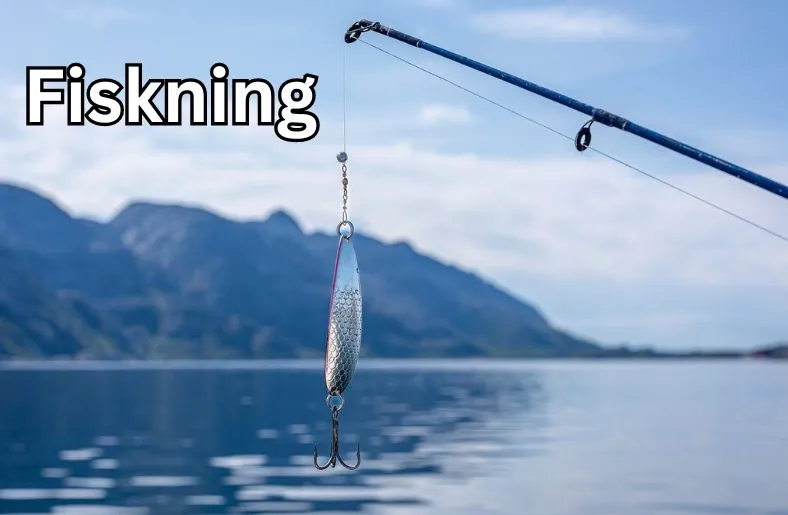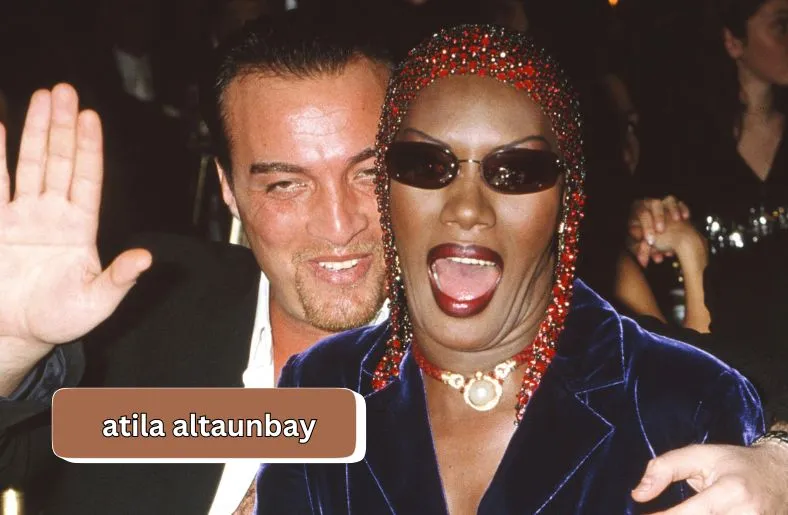Introduction
Fiskning, a timeless practice steeped in tradition and reverence, embodies the artistry and connection humans share with the aquatic world. Beyond mere angling, it encompasses cultural heritage, sustainability, and a deep respect for nature’s balance. In this comprehensive exploration, we delve into the multifaceted dimensions of Fiskning, from its historical roots to its modern-day significance. Through the lens of tools, cultural impact, and sustainability practices, we unravel the tapestry of Fiskning, celebrating its enduring allure and ecological stewardship.
Tools of Fiskning
- Traditional Nets: Crafted with precision and passed down through generations, traditional nets symbolize the craftsmanship and legacy of Fiskning. These nets, woven with care, are not just tools but embodiments of tradition and expertise, enabling fishermen to harvest the sea’s bounty respectfully and sustainably.
- Modern Rods: Innovations in fishing technology have given rise to modern rods, designed with advanced materials and engineering. These rods, with their enhanced functionality and durability, complement the traditional methods of Fiskning, offering anglers greater control and efficiency in their fishing endeavors.
- Deciphering Water Patterns: Central to successful Fiskning is the ability to understand water patterns. This skill, honed through experience and observation, allows anglers to anticipate fish movements and choose the optimal spots for casting their lines, ensuring a fruitful fishing experience.
- Insight into Fish Behavior: A deep understanding of fish behavior is essential for effective Fiskning. Anglers who can read the subtle cues and habits of fish have a higher chance of making successful catches, making this knowledge a valuable asset in the art of fishing.
- Achieving the Ideal Cast: The perfect cast is a blend of skill, technique, and timing. Anglers strive to master this art, aiming for the ideal trajectory and distance to attract their target fish, making each cast a calculated and purposeful action in Fiskning.
Cultural Significance of Fiskning
Fiskning holds profound cultural significance, weaving stories of heritage, community, and connection with nature.
- Mythical Tales and Legendary Catches: Throughout history, Fiskning has been intertwined with mythical tales and legendary catches. These stories not only showcase the prowess of anglers but also reflect the cultural richness and storytelling traditions associated with the practice.
- Communal Bonding Through Fishing Stories: Fiskning is more than just a solitary activity; it fosters communal bonding through shared experiences and storytelling. Fishermen often gather to recount their fishing adventures, exchange tips, and strengthen social bonds, creating a sense of belonging and camaraderie within fishing communities.
- Cultural Rituals and Traditions: Many cultures have specific rituals and traditions associated with Fiskning, such as ceremonies before embarking on a fishing trip or rituals to honor the catch. These traditions highlight the deep-rooted cultural values and reverence for nature that are intrinsic to Fiskning practices.
- Folklore and Cultural Heritage: The folklore surrounding Fiskning not only entertains but also educates, passing down cultural knowledge, values, and ethics from one generation to the next. It serves as a bridge between the past and the present, preserving cultural heritage and identity within fishing communities.
Ecological Impact of Fiskning
Fiskning, when practiced sustainably, can have a positive ecological impact, contributing to the health and balance of aquatic ecosystems.
- Promoting Biodiversity: Responsible Fiskning practices help promote biodiversity by preventing overfishing of specific species and maintaining a diverse range of aquatic life. This biodiversity is crucial for the resilience and stability of marine ecosystems.
- Balancing Fish Populations: By regulating fish populations through catch limits and sustainable fishing practices, Fiskning plays a role in balancing the abundance of different fish species. This helps prevent the depletion of key species and maintains the overall ecological equilibrium.
- Preservation of Habitat: Sustainable Fiskning practices prioritize the preservation of natural habitats, such as coral reefs, mangroves, and estuaries, which are vital for marine life. By avoiding destructive fishing methods and respecting protected areas, anglers contribute to habitat conservation.
- Reduced Environmental Impact: Anglers who adopt eco-friendly gear and techniques, such as using biodegradable fishing lines and non-toxic bait, minimize their environmental impact. This reduces pollution in water bodies and supports a healthier aquatic environment.
- Supporting Conservation Efforts: Many Fiskning enthusiasts actively support conservation initiatives, volunteering for habitat restoration projects, participating in clean-up efforts, and advocating for marine conservation policies. This collective effort contributes to the overall protection and preservation of marine ecosystems.
ALSO READ >>> Safari and Seychelles Honeymoon | Creating Magical Moments
Therapeutic Aspects of Fiskning
The therapeutic aspects of Fiskning go beyond the act of fishing itself, offering mental and emotional benefits to anglers of all ages.
- Stress Relief: Fiskning provides a calming escape from the stresses of daily life. The serene environment, rhythmic motions, and peaceful surroundings create a meditative experience, reducing stress and promoting relaxation.
- Mindfulness: Engaging in Fiskning encourages mindfulness, as anglers focus on the present moment, the movements of the water, and the subtle cues of fish behavior. This mindfulness practice fosters a sense of awareness and concentration.
- Connection with Nature: Being in nature has been linked to improved mental well-being. Fiskning allows anglers to immerse themselves in natural surroundings, connecting with the elements and finding solace in the beauty of the outdoors.
- Social Bonding: Fiskning often brings people together, whether it’s a solo activity or a group outing. Sharing fishing experiences, stories, and camaraderie with fellow anglers strengthens social connections and enhances overall well-being.
- Physical Activity: The physical aspects of Fiskning, such as casting, reeling, and maneuvering, provide light exercise that can contribute to a healthy lifestyle.
Overall, Fiskning offers a holistic therapeutic experience, promoting relaxation, mindfulness, connection with nature, social bonding, and physical activity.
Accessibility and Inclusivity of Fiskning
Fiskning is a remarkably accessible and inclusive activity, welcoming people of all ages, backgrounds, and abilities to participate in its joys.
- Ageless Pursuit: Fiskning transcends age barriers, offering enjoyment and learning opportunities for children, adults, and seniors alike.
- Diverse Environments: Whether in rural streams, urban ponds, or coastal waters, Fiskning provides accessible locations for enthusiasts to engage with nature.
- Family-Friendly: As a family-friendly activity, Fiskning encourages bonding and shared experiences among generations, creating lasting memories.
- Inclusive Nature: Fiskning is inclusive, allowing individuals with varying physical abilities to partake in the sport with accommodations and adaptations.
- Community Engagement: Fiskning fosters community engagement, bringing people together from diverse backgrounds to appreciate and conserve aquatic ecosystems.
Promotion of Sustainable Practices
Promotion of sustainable practices in Fiskning is essential for preserving our natural resources and ensuring a thriving ecosystem for future generations.
- Eco-Conscious Gear: Adopting eco-friendly gear like biodegradable fishing lines and non-toxic bait minimizes environmental impact.
- Adherence to Regulations: Responsible anglers follow catch limits and regulations to prevent overfishing and maintain fish populations.
- Conservation Advocacy: Active participation in conservation initiatives and supporting environmental causes safeguards aquatic habitats and biodiversity.
- Education and Awareness: Educating fellow anglers about sustainable practices and raising awareness about environmental issues encourages collective action.
Conclusion
Fiskning encapsulates a rich tapestry of tradition, culture, and environmental stewardship. Through its timeless practice, anglers forge a deep connection with nature, preserving ecological balance while honoring heritage. Embracing sustainable practices and community engagement, Fiskning paves the way for a harmonious coexistence between humans and aquatic ecosystems. As we navigate modern challenges, the enduring allure of Fiskning serves as a beacon of hope for future generations, ensuring that this cherished pursuit remains a source of joy, inspiration, and conservation for years to come.





